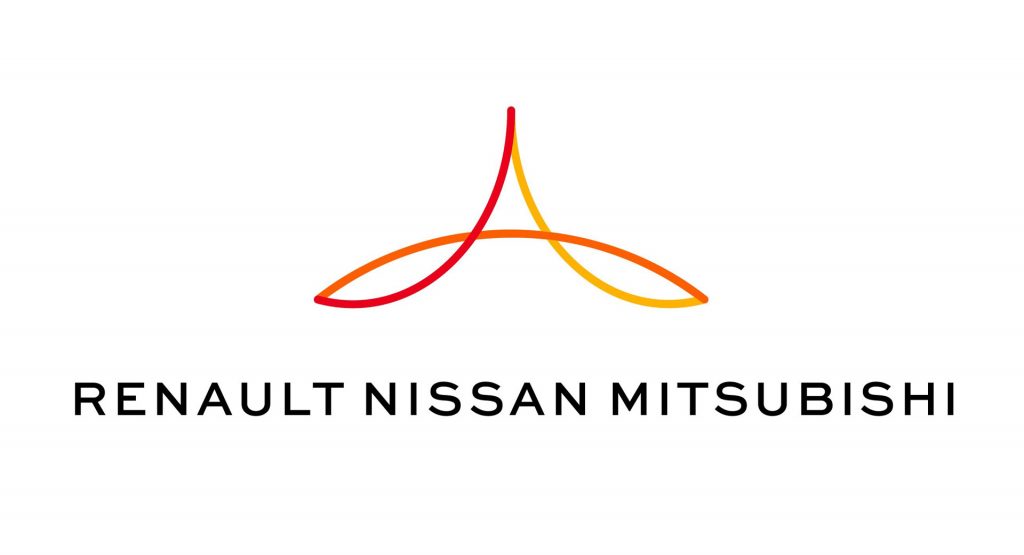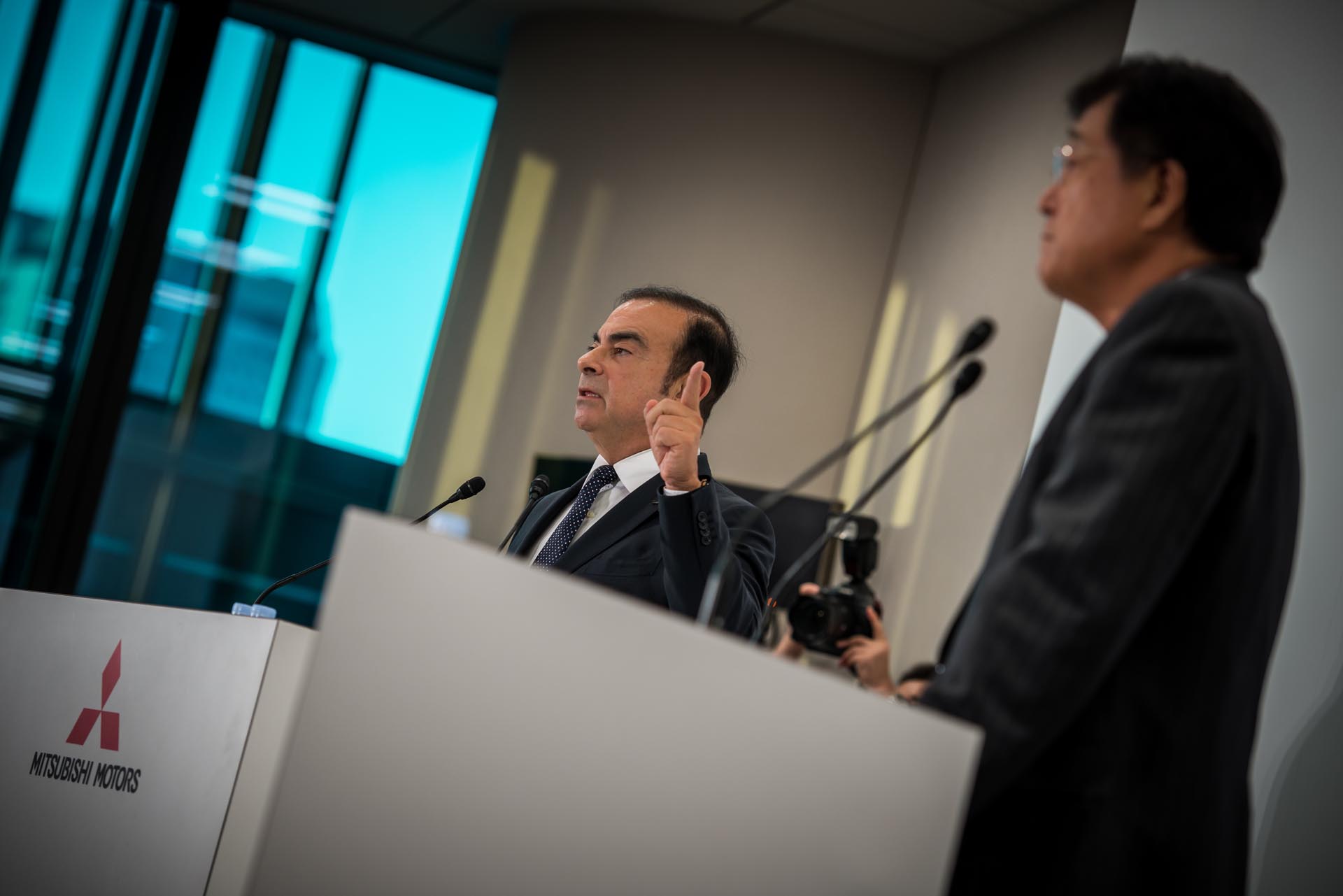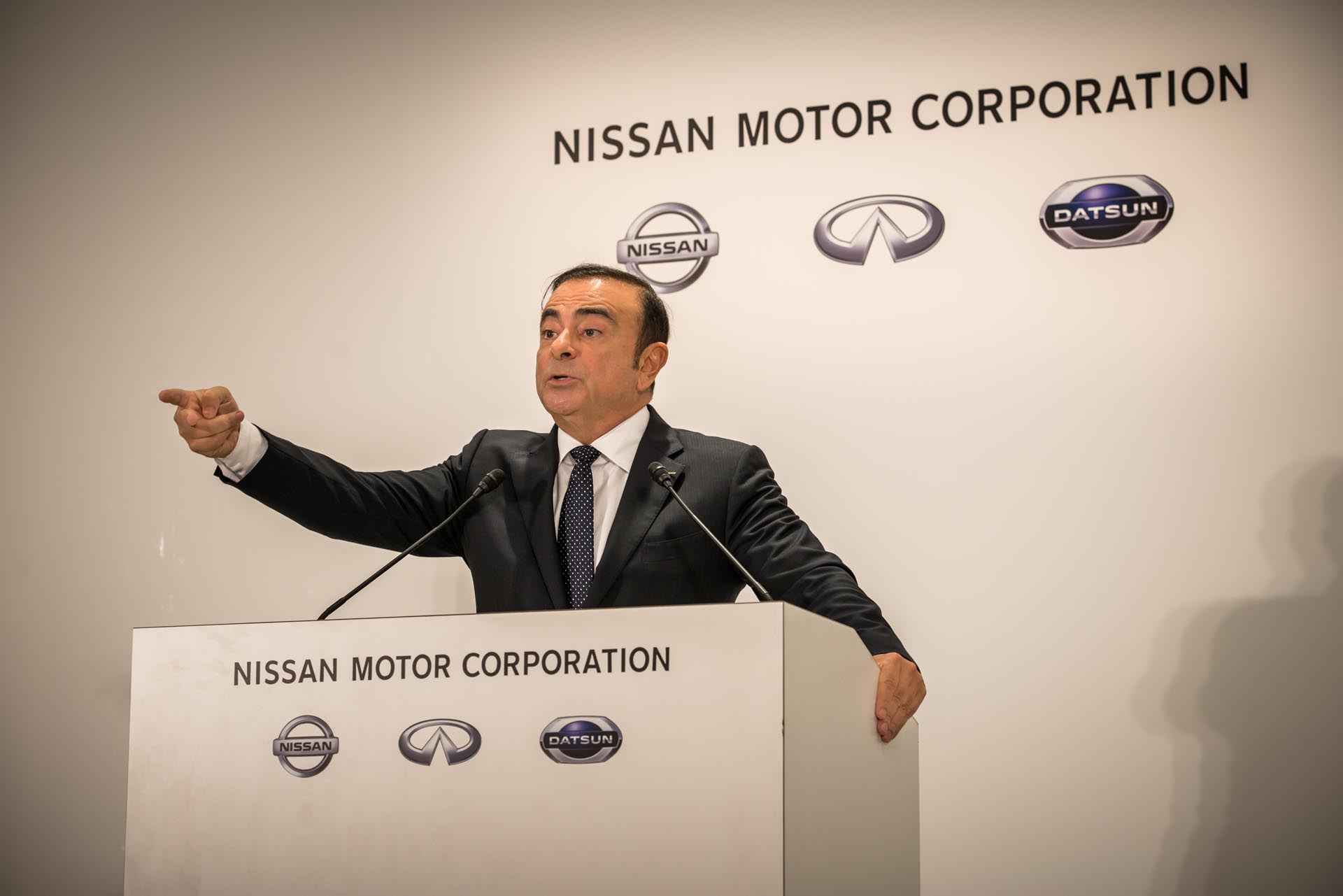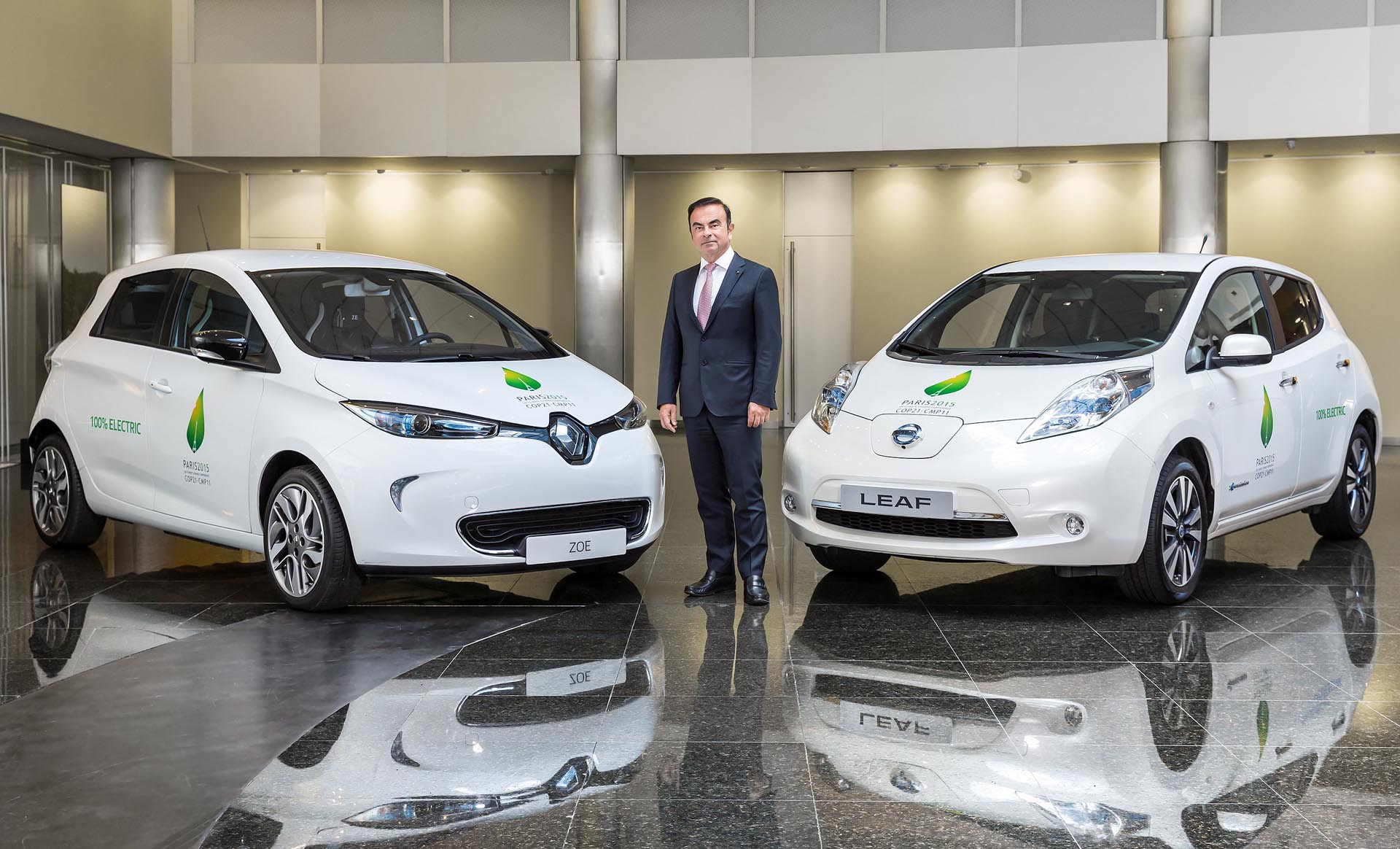Synergy is the buzzword of the day. But it’s not just a vapid term. It can amount to serious savings, boosting very real profits for the companies involved. Just look at the Renault-Nissan-Mitsubishi Alliance.
The largest of its kind in the industry, the Alliance saved €5.7 billion over the course of last year by cooperating between them. That works out to over $6.6 billion. (That’s right, “billion,” with a capital B.)
The Alliance includes not only the Renault, Nissan, and Mitsubishi brands, but several others under their respective umbrellas as well – including Infiniti, Datsun, Dacia, Alpine, Renault-Samsung, and AvtoVAZ. The participating automakers cooperate in a wide array of means, not the least of them being joint development of new platforms, components, and technologies. In addition to R&D, they also share combined purchasing power, financial operations, even logistics.
“The Alliance has a direct, positive impact on the growth and profit of each member company,” said chairman Carlos Ghosn. “In 2017, the Alliance turbo-charged the performance of all three companies including Mitsubishi Motors which saw its first full-year of synergy gains.”
2017 represented the first full year of Mitsubishi’s integration into the Alliance, helping the group increase cost savings from synergy by 14 percent (from €5b/$5.8b) compared to 2016. What’s more is that Carlos Ghosn and company plan to increase the Alliance’s synergies to over €10 billion ($11.6 billion) by the end of 2022, by which point the allied automakers target producing over 14 million vehicles between them. Last year, they sold over 10.6 billion units – which is (slightly) more than the 10.5 and 10.3 that Toyota and Volkswagen sold, respectively, over the course of the same calendar year.
In other words, if the Renault-Nissan Mitsubishi Alliance were one automotive group, it’d be the largest in the world. And it could very well complete a merger into one entity in the near future, if Ghosn has his way.










